Wiki Fiber Optic Termination
Fiber optic termination refers to the connection of fiber to a device (like FTTH wall outlet, termination box) it is very important in the fiber optic network deployment. Fiber optic cable termination provides easy ways for fiber cross-connection and lightwave signal distribution. It protects the fibers from damage while in use and prevents excessive loss of light, thus, making a network run more smoothly and efficiently. In general, there are two ways to terminate fiber optic cable by using connectors or splicing.
Methode Of Fiber Optic Cable Termination:
A. Fiber Optic Connector Method
Using fiber optic connector is one type of fiber optic termination. The connector can mate two fibers to create a temporary joint. Nowadays, Around 80 types of connectors have been developed, The main connectors are FC, SC, ST, LC, MU, SMA and MTRJ, They have three main components: the ferrule, the connector, and the coupling mechanism.
Traditional epoxy and polishing connector
Traditional Epoxy or polishing fiber Connectors are designed for applications where numerous connectors will be used. It is more cost-effective than quick termination fiber optic connector.
Quick-Connect Connectors
Quick-connect connectors refer to as fiber optic connectors that need no epoxy and no polishing. They are now widely applied in the fiber optic link. The quick-connect connector is preloaded with a fiber stub that has been bonded and polished at the factory, it is sensitive to the quality of the cleave made to the fiber to be terminated. So it is much costly than traditional epoxy and polishing fiber connectors in the fiber optic termination.
B. Fiber Optic Splicing Method
Mechanical splicing
Mechanical splicing aligns two fiber ends to a common centerline for the light to pass from one fiber to another. An adhesive cover or a snap-type cover is used to permanently fasten the splice. fiber optic cable mechanical splicing is available for sing-mode or multimode fibers. As the process of mechanical splicing is relatively fast and easy, it often used in indoor transmission cables.
Fusion splicing
Fusion splicing is fiber cable junction of two optical fibers by welding them together permanently. It achieves fiber optic termination with heat generated by an electric arc, which also called arc fusion. Fiber optic fusion splicing normally used for outdoor, long-haul and high-performance single-mode networks.
In general, Proper fiber optic termination is extremely important when installing a fiber-optic network.

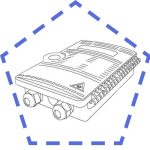 Fiber Optic Termination Boxes
Fiber Optic Termination Boxes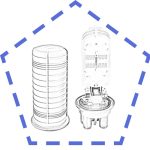 Fiber Optic Splice Enclosures
Fiber Optic Splice Enclosures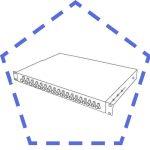 Fiber Patch Panels
Fiber Patch Panels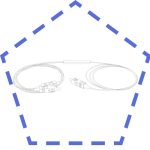 Fiber Optic Splitters
Fiber Optic Splitters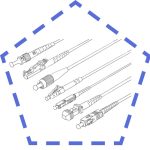 Fiber Optic Pigtails
Fiber Optic Pigtails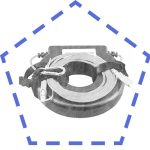 OTDR Launch Cables
OTDR Launch Cables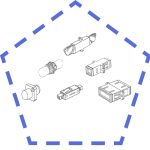 Fiber Optic Adapters
Fiber Optic Adapters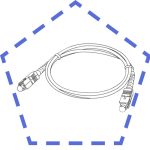 Fiber Optic Patch Cords
Fiber Optic Patch Cords